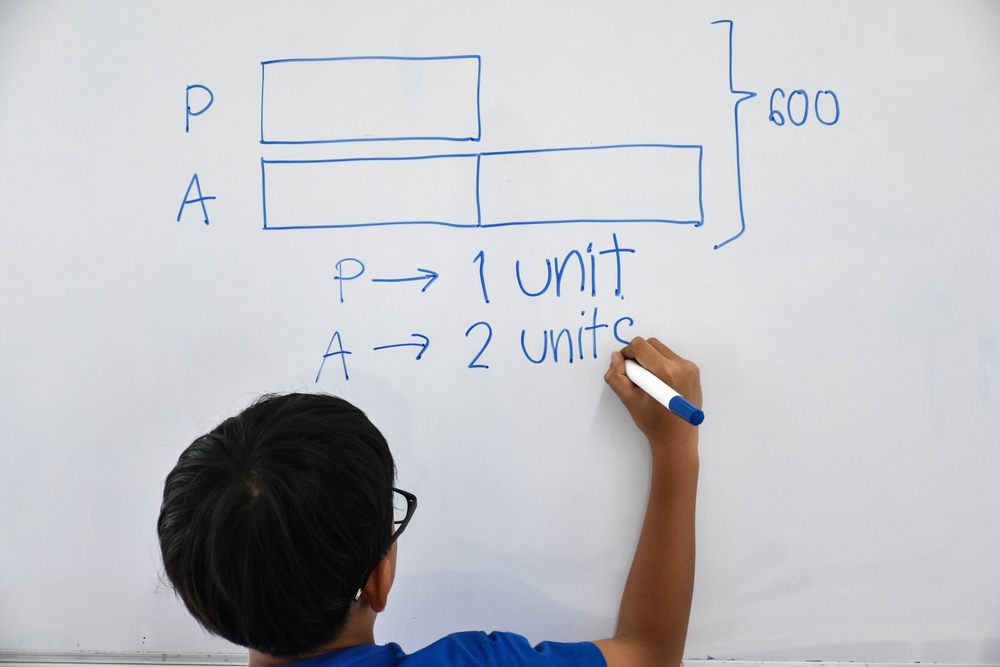Understanding patterns Normal Multiplication Worksheets for Ages 8-9
3 filtered results
-
From - To
Discover the essential foundation of multiplication with our "Understanding Patterns Normal Multiplication Worksheets for Ages 8-9". These expertly designed worksheets cater to young learners, enhancing their grasp of multiplication through engaging pattern recognition activities. By identifying and interpreting numerical patterns, children can strengthen their multiplication skills, ensuring a solid grasp of essential math concepts. Perfectly tailored for 8-9-year-olds, these worksheets make learning fun and interactive, fostering confidence and proficiency in problem-solving. Equip your child with the tools they need for math success and watch them excel with ease. Download now for a comprehensive, enjoyable learning experience!


Furniture Shop Worksheet


Multiplying 5’s: Telling Temperature Part 2 Worksheet


Multiplying 9’s Montgomery Bus Boycott Worksheet
Understanding patterns in multiplication is crucial for children aged 8-9, as it lays a foundational stone in their mathematical education. Around this age, kids are transitioning from basic arithmetic to more complex operations, and recognizing multiplication patterns can significantly smooth this shift.
Firstly, grasping multiplication patterns enhances number sense, an intuitive understanding of how numbers work together. Children start noticing that multiplying by 5 always ends in a 0 or 5 or that multiplying by 9 has a repeating decremental pattern (9, 18, 27, etc.). These observations build confidence, making multiplication less intimidating and more approachable.
Secondly, recognizing patterns helps improve mental math skills. When children can predict results through patterns, they can solve problems faster and more accurately without needing to rely on rote memorization or written methods exclusively. This mental agility is beneficial not only in advanced mathematics but also in real-life scenarios where quick calculations are essential.
Lastly, spotting patterns fosters critical thinking and problem-solving. Understanding why patterns exist and how they apply to different numbers encourages kids to think deeply about mathematical principles rather than just memorizing facts. This analytical approach sets the stage for success in higher-level math and scientific subjects.
In essence, caring about these multiplication patterns equips children with essential skills that promote lifelong numerical literacy and cognitive development.
 Assign to My Students
Assign to My Students



















